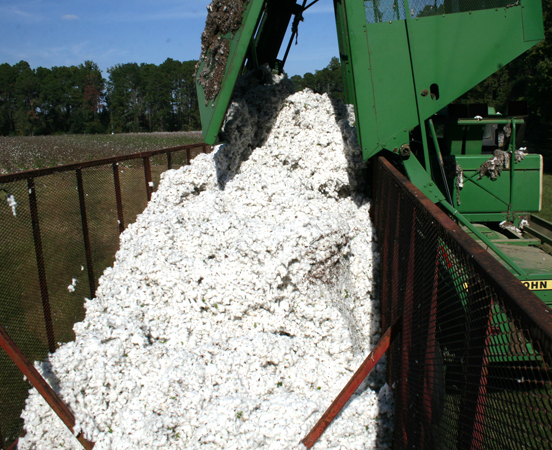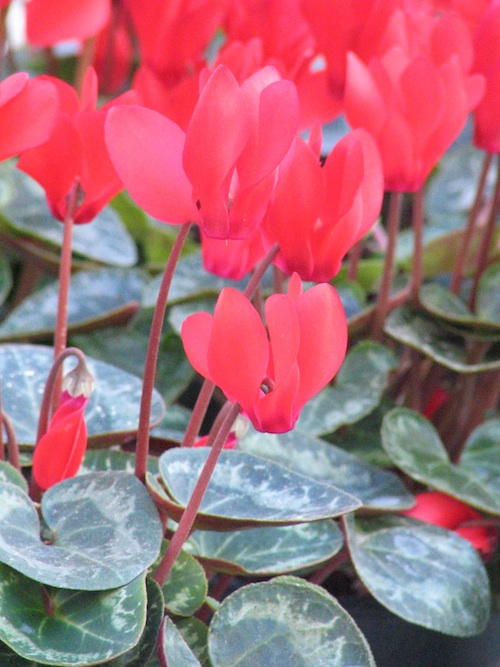 CAES News
CAES News
November Climate
November 2014 will go on record as one of the top five coldest Novembers for many areas across Georgia, although the final average has yet to be calculated.






